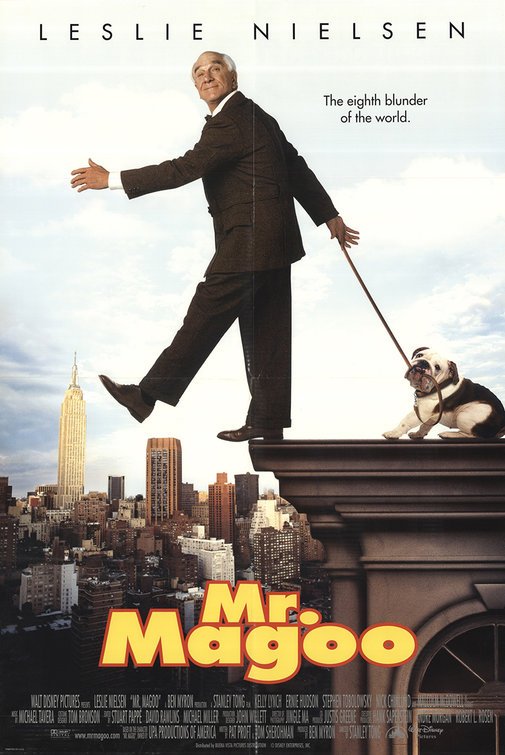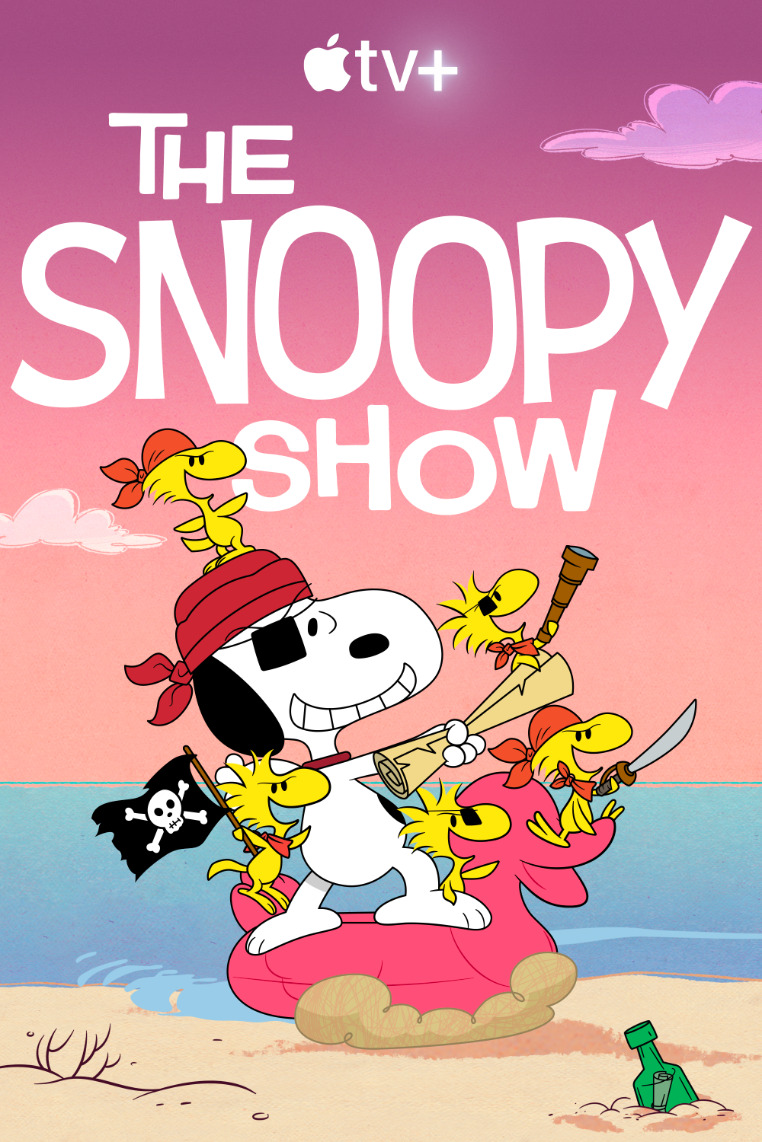REEL COWBOYS OF WESTERN CINEMA
A Century of Silver Screen Heroes on Horseback
No. 18 in the Series
By Gary Eugene Brown
Born into a life of privilege, he was able to attend exclusive prep schools. Being the grandson of a wealthy industrialist, he didn’t want for anything. He obtained a degree in Philosophy from an Ivy League college. His prowess on the football field, led to a small movie part, thus beginning his journey to Hollywood. After a few years starring in low budget, Hollywood melodramas, he was offered the opportunity to become a major studio’s number one cowboy star. He remained with them for an unbelievable seventeen years. A particular screen role later on called for him to play a cowboy hero who wore a mask so as not to hinder his pursuit of justice in the old West. At the conclusion of the Saturday matinee, the triumphant knight on horseback would ride off into the sunset. As he rode out of sight, the townsfolk’s would utter, sometimes in unison – “Who was that masked man?” The Lone Ranger – No! He was and is the DURANGO KID, also known as:
CHARLES STARRETT
Charles Starrett was born on March 28, 1904 to Frank and Nina Starrett in Athol, Massachusetts. Athol is a small river town, Northwest of Boston. Charles was the youngest of nine children. His father died when he was only 9 months old. His grandfather Laroy S. Starrett, a farmer from Maine, turned inventor, established the L.S. Starrett Company, a precision tool manufacturer, which still exists today. L.S. Starrett exerted pressure on his daughter-in-law to allow Charles and his brother to be raised by their Aunt and Uncle on a farm in Maine. Charles learned how to ride horseback on the farm, which would assist him in his future endeavors; however he lamented: “I really missed my mother something awful.” Later, he would enroll in the Mitchell Military School in 1913 and then the prestigious Worcester Academy (est. 1834) in Worcester MA from 1915 to 1922. Charles became the President of the Drama Club, played football, ran track and was Captain of the swim team. Charles recalled his time at Worcester, as noted in Bobby J. Copeland’s CHARLES “DURANGO” STARRETT, The Mysterious Avenger: “I spent five of the happiest years of my life at Worcester; it was like my second home. The atmosphere was really great. I had good, conscientious teachers. It was a fine environment and good training to become a man.”
Dartmouth, located in Hanover, New Hampshire, was where Charley (his preferred name) went to college. He was a frat guy (Psi Upsilon) and excelled at sports: track, swimming and football. The 1925 Dartmouth football team was a national power house. They were undefeated with an 8 – 0 record. At 6’2, 180 lbs, Charley was the starting fullback and was a two way player. Charley said Dartmouth turned down the invitation to play #1 ranked Washington in the 1926 Rose Bowl and Alabama accepted. His close friend later on in Hollywood, cowboy star Johnny Mack Brown played for the Crimson Tide and was the Rose Bowl’s MVP. Charley liked to tell folks that if Dartmouth hadn’t declined the invitation, Johnny may have gone undiscovered. Type casting enabled him to play a bit part as a football player in a Richard Dix movie The Quarterback in 1926. Other football team cast members were future character actor and bad guy Barton McLane and Bob Allen, more information regarding Mr. Allen to follow.
Charley had been active in school plays which led to his pursuing a stage career. On a personal note, in 1927, he married “a hometown girl” by the name of Mary McKinnon. In 1929, on their second anniversary, according to Charley: “….I was doing a play called Cradle in the Deep. Well shortly before the curtain call, I was told I was the father of twins. It didn’t quite sink in for a while, but when it did, I rushed through my lines so fast that the play was shortened by some 12 minutes. Later on, a talent scout saw him perform on the Broadway stage which led to a film test and a motion picture contract. Charley recalled: “….Paramount had an Eastern studio in Flushing, NY (part of the Queens borough). I made my first picture there (2nd lead role). It was called Damaged Love (World Wide – 1930), which sounds like a pornographic picture, but it wasn’t.”
Charles Starrett went to Hollywood where he was in several low budget melodramas, often cast as the cocktail party, tux and tails, high society type. A few of the 32 films he made before being cast as a western hero are worth noting. Charley was cast in a major supporting role in the sinister The Mask of Fu Manchu (1932) starring Boris Karloff, with Lewis Stone and Myrna Loy. As an aside, Charley recalled almost having a car wreck in 1931 when he drove by Boris Karloff’s home: “There in a beautiful garden was the Monster itself (still in costume) tenderly watering the roses.” “It was quite a sight – Frankenstein watering flowers.” Charley also costarred with Hollywood’s beloved Will Rogers in Mr. Skitch (1933). The Return of Casey Jones (Monogram, 1933) was his opportunity to play the main lead in a railroad movie. His boyhood dream was to become a train engineer. He recalled: “When I was a boy, my brother and I would watch the little narrow-gauge train go by, and every time we would wave, the engineer would blow the whistle and wave back at us….I didn’t even know him, and he was a hero to me.”
Charley was the main star in several forgettable films from 1930 to 1935, however his first starring role in The Viking (Paramount, 1931), also known as White Thunder, is most remembered for another reason. The film was based on the massive, annual seal hunting ventures off the coast of Newfoundland. The producer Varick Frissell, age 28, Yale graduate, and grandson of the founder of the Fifth Avenue Bank, hired George Melford to direct the film, A.G Penrod was the cinematographer and Charles Starrett cast in the lead role. It was also the first Hollywood sound film made in Canada. After an initial screening of the movie on March 5, 1931, Frissel decided they needed to add additional background footage in the Labrador ice flows. As such, Frissell and Penrod headed up a return expedition to Newfoundland. The director Melford and Starrett were not needed so they remained stateside. On March 15, 1931, the SS Viking became stuck in the ice. Dynamite which was stored in the SS Viking to help free ships from such a situation suddenly exploded killing Varrick, Penrod and 25 other film and ship crew members from a total of 147 on board. It was the largest loss of life in the production of a Hollywood motion picture. The ship sank shortly after the survivors were able to make it to safety on the ice flows. Varrick Frissell’s body was never found. A documentary White Thunder (2004), regarding the making of The Viking, also contains a pristine, restored complete print of the film The Viking starring 28 year old Charles Starrett, in the Special Features section. It’s a worthy feature for film historians to see. Fortunately, Charles Starrett who was at obvious risk while making the film was spared that tragic fate.
In 1933, Charles Starrett joined fellow cinema thespians in the formation of the Screen Actors Guild (SAG). They were not a popular group in the eyes of studio moguls. However, the actors felt that in some cases they were akin to being laborers in a Chinese Laundry. Charley (30) was the youngest of the founding group and the eldest was C. Aubrey Smith (70). Others included the first SAG President Ralph Morgan, Alan Mowbray, Boris Karloff, Lyle Talbot, James and Lucille Gleason, Leon Ames and Lyle Talbot, among a few others. According to Bob Wolter, cowboy film enthusiast and a visitor to the Starrett home in Laguna Beach during the early 80s, “Charley was proud that he had SAG Member Card #10”.
Charles Starrett signed with Columbia Studios in 1935. They were looking for someone to be their lead cowboy star to replace Tim McCoy. His first western film was Gallant Defender (1935), filmed in Placerita Canyon in Newhall (Santa Clarita). It also was the first B western film featuring the Sons of the Pioneers. The musical group, which included Bob Nolan, Leonard Sly (Roy Rogers), Tim Spencer and the Farr Brothers (Hugh and Karl), would be cast in several Starrett westerns. The Mysterious Avenger (1936) would follow, and then the Columbia film crew went to Canada to shoot Secret Patrol (1936), a RCMP tale. His next film Along Came Love (Paramount, 1936) with actress Irene Hervey would be his last non-western movie.
Charles Starrett later reflected on the routine of making B cowboy movies. “It was tough making Westerns. I got up at 5 o’clock to be on location about 6:30, so we could start shooting at 7:00 to get all the sunlight possible. We even worked Saturdays and usually put in 70-80 hours a week – but I surely enjoyed making them.” He was also well paid…..$1000 per day. In an interview with Charley Starrett by James Horwitz for his book They Went Thataway, Starrett shared that the “publicity department and the studio heads decided, since you were a piece of property, that they were going to mold you into an image that they wanted, not necessarily what you wanted.” “I only agreed to do the Westerns for two years, but they caught on, and it went on for seventeen years.” “I did about fifty or sixty of them (Durango Kid films). And you know, after the first ten it was like doing the same story over again.” “You were like a ball player, and you did whatever the manager said.” It became akin to an assembly line production. However, Charles Starrett was very successful in Hollywood. He was in the Top Ten Motion Herald Poll Ranking of cowboy movie stars every year from 1937 to 1952. George N. Fenin and William K. Everson in their book The Western from Silents to Cinerama said “…in the mid-Thirties Columbia introduced some new Western stars, of whom Charles Starrett was the best and also the longest to survive.” The authors named The Cowboy Star (1936) and Secret Patrol (1936) as being stand outs and Two Gun Law (1937) as being “interesting and enjoyable.”
Columbia had signed Bob Allen to costar in three Tim McCoy westerns (second billing) and then he began to star in his own movies. However, today the films of Bob “Tex” Allen are often overlooked. The six degrees of separation theory was in play in that Bob Allen (Ted Baehr Sr.) was also a Dartmouth graduate. Like Starrett, Bob Allen was an athlete and Charley, according to Allen’s son, was the one who helped his father obtain a part in The Quarterback. Bob Allen was in a series of six Texas Rangers films (1936-1937). He was an accomplished horseman, having been with the Calvary unit at the New York Military Academy. The Bob Allen films hold their own with any of the B Westerns of that era. Allen went on to have a successful career as a stage actor on Broadway and later in television. His son, Ted Baehr Jr. is the CEO of movieguide.org, a faith based organization that reviews all films for family friendly content.
Questions or comments? Please write to us here.


 - Content:
- Content: 

